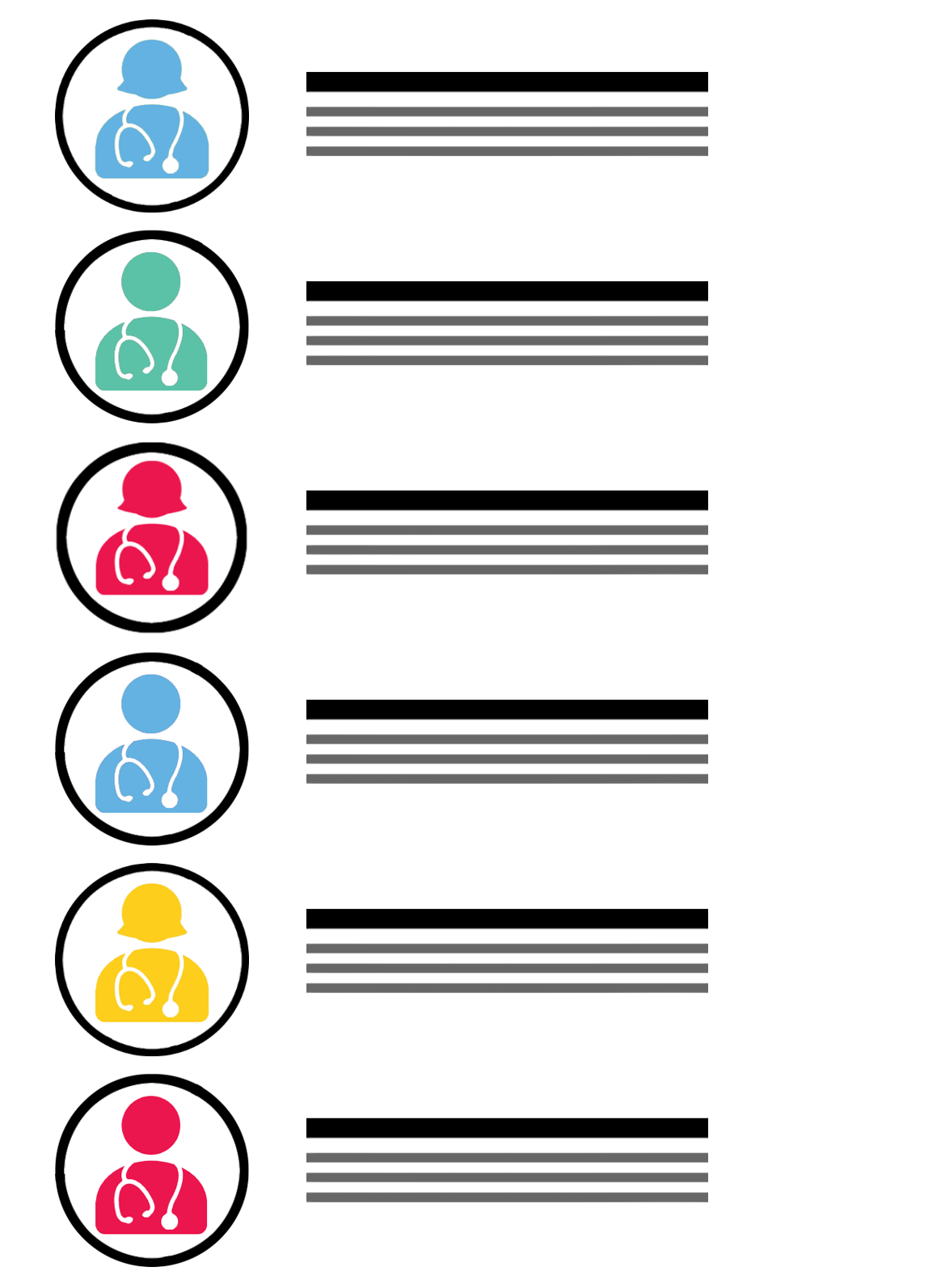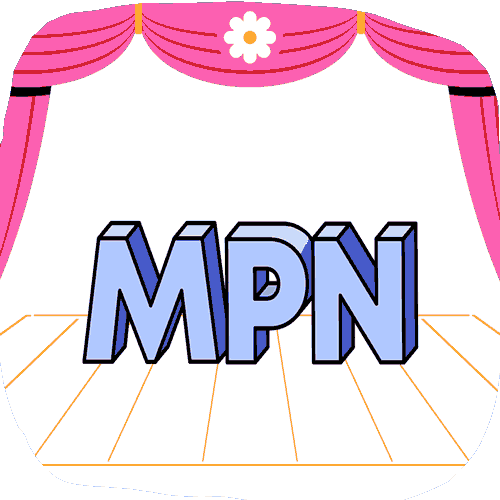Data Show MPNs Do Not Benefit Employers

Medical Provider Networks (MPNs) allow employers to limit where employees may seek treatment for work-related injuries. Theoretically, the purpose of MPNs is to direct care with the goal of containing employer costs for treatment.
But preliminary findings from the California Workers’ Compensation Institute (CWCI) show that when employers use MPNs to direct care, the average savings per claim is next to nothing. Meanwhile, a study from the Journal of Occupational and Environmental Medicine (JOEM) concluded that directing employee care actually costs employers more than it saves, since more frequent attorney involvement raises the cost per claim for directed care.
Frankly, we’re not surprised. Given existing authorization and billing rules, MPNs are a perfect example of how the opacity of workers’ comp leaves unknowing employers susceptible to redundant, pointless expenses.
How MPNs Hurt Workers’ Comp
In California, MPNs make little economic sense for employers. The state already requires authorization for all treatment, and payment for that treatment is already subject to a mandated fee schedule. Employers already pay for utilization review to determine whether treatment is medically necessary, and employers pay for bill review to determine reimbursement for authorized treatment.
The MPN adds no value.
For employers, an MPN is a redundant expense. The only beneficiaries of MPNs are the third party administrators that manage the MPNs, and the insurance companies who reap higher premiums for insured employers.
MPNs can accomplish one thing, however: obscuring whether providers can obtain reimbursement for treating injured workers.
A provider may have no idea which MPN a given employer uses, or whether the MPN includes the provider. MPN provider lists are constantly changing, with employers and insurers adding and removing providers seemingly at a whim.
The DWC is responsible for approving MPNs, and maintaining a public record thereof. To that end, the DWC maintains a website with a massive list of approved MPNs. The list is neither searchable nor sortable. It’s simply two giant PDFs listing thousands of approved MPNs across the state by name and approval date.
That’s as far as the DWC goes to make almost 200 pages of ever-changing information navigable. That’s why we created our sortable, searchable MPN list in the DaisyBill app.
Employers and insurers further contribute to the confusion by creating multiple MPNs. Sedgwick Claims Management, for example, maintains over 75 MPNS, from which they can remove providers without notice, based on any whim or hiccup. And Sedgwick isn’t alone in flooding the system with excessive networks.
What’s more, MPNs are a loophole in the authorization system.
Claims administrators offer “authorization” contingent on delivery by an MPN physician. The physician must then figure out which of 2,300+ MPNs applies, and whether or not they’re included. If the provider gets it wrong, the claims administrator denies reimbursement on the grounds that (on the date of service in question, anyway) the provider was not included in the employer’s MPN.
It’s a shameful way to game the system and cheat providers out of compensation for authorized services rendered.
Data on MPNs
CWCI studied the data from 11 unnamed MPNs over a four-year period, from 2011 to 2014.
The grand takeaway: the difference in cost per claim with MPNs is negligible. According to CWCI, costs are only 2% lower with MPNs, as compared to costs with non-network providers. The average medical cost per claim for MPNs was $21,137, compared with $21,678 for non-network providers.
The CWCI was careful to point out wide variations between individual MPNs. While the highest cost per claim among the 11 MPNs studied far exceeded the non-network average, the lowest cost per claim among the individual MPNs was drastically lower than the non-network average.
CWCI wasn’t alone in pointing out the futility of employer-directed of care. A JOEM study of over 35,000 claims from a national employer found that increased legal costs in states with employer-directed care thoroughly outweighed the savings.
At a national level, the JOEM data showed that higher rates of attorney involvement washed out any benefit of directing employees to network providers. While CWCI’s data found almost identical rates of attorney involvement between MPNs and non-network providers in California, JOEM’s national portrait reveals networks overall to be a lose-lose.
What’s more, there’s no evidence that MPNs curb medically dubious or unnecessary treatment.
Take opioids, lately the scourge of workers’ comp and cited as a primary factor in California’s adoption of a drug formulary. The CWCI data revealed that MPN providers prescribed opioids 8% more frequently than non-network providers on average. Hardly a sign that MPNs are encouraging better alternatives.
We’ve said it before, and this new research support the notion: MPNs are useless.
Ditch the PDF. Our Work Comp Wizard includes our searchable, sortable MPN list. Take some hassle out of workers’ comp — get a free trial of the Wizard today!
TRY THE WIZARD
DaisyBill provides content as an insightful service to its readers and clients. It does not offer legal advice and cannot guarantee the accuracy or suitability of its content for a particular purpose.



.gif)
